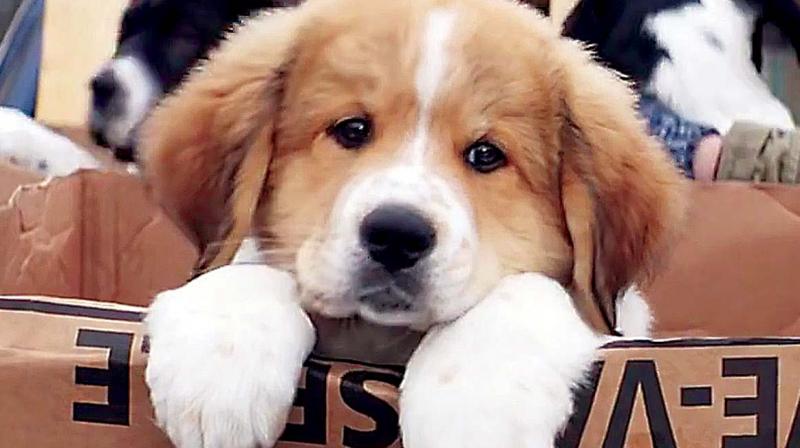Excessive meat in your pet food can up pollution

Hyderabad: What you feed your pet may add to the carbon footprint, says a new research highlighting the heavy load of pollution caused by meat consumption in pets. According to a study by the University of California and Los Angeles (ULCA), the consumption of meat by pet animals in the United States creates about 6.4 crore tonnes of carbon dioxide a year, which is equivalent to driving 1.36 crore cars for a year.
They attribute this shocking figure to the heavily meat-based diets of dogs that constitutes 25 per cent of all meat production in the country. The research obser-ves that meat production needs more resou-rces, water and energy which together, have a loaded environmental impact.
While no census has been undertaken for the number of pets in Hyderabad, GHMC officials say that 2,500 pets are registered while the unregistered number is around 10,000, based on inputs from the private and public veterinary hospitals. “The ratio of pets in India is low compared to the stray population, so the impact on carbon footprint would be negligible,” says Dr Karnati Sreenivas, a veterinarian. He explains that since the stray population is mostly scavenging, they take the load off from garbage decomposition.
So how much is the impact then? In India, on an average 100mg of meat is consumed by pet animals daily, which comes from raw meat, cooked meat and pet food. Doctors say, an environmentally conscious choice would be to pick pet food over meat.
“Feeding beef or meat directly to the pets is just adding more protein into a body that remains in captivity all its life. It doesn’t need so much of protein,” said Mr Sreenivas. “We must give a balanced diet to the animal for its health and for the health of the environment,” says Dr Abdul Wakil, Assistant Director Veterinary with GHMC. Over indul-ging in meat can lead to obesity, skin diseases and immunity issues for the pets. So the choice of meat remains with us.
The research by ULCA adds that the number of these pets must be dramatically reduced to cut the meat consumption. But a more pet loving way would be just to cut the meat and stick to a balanced diet, just like it is advised for humans.

